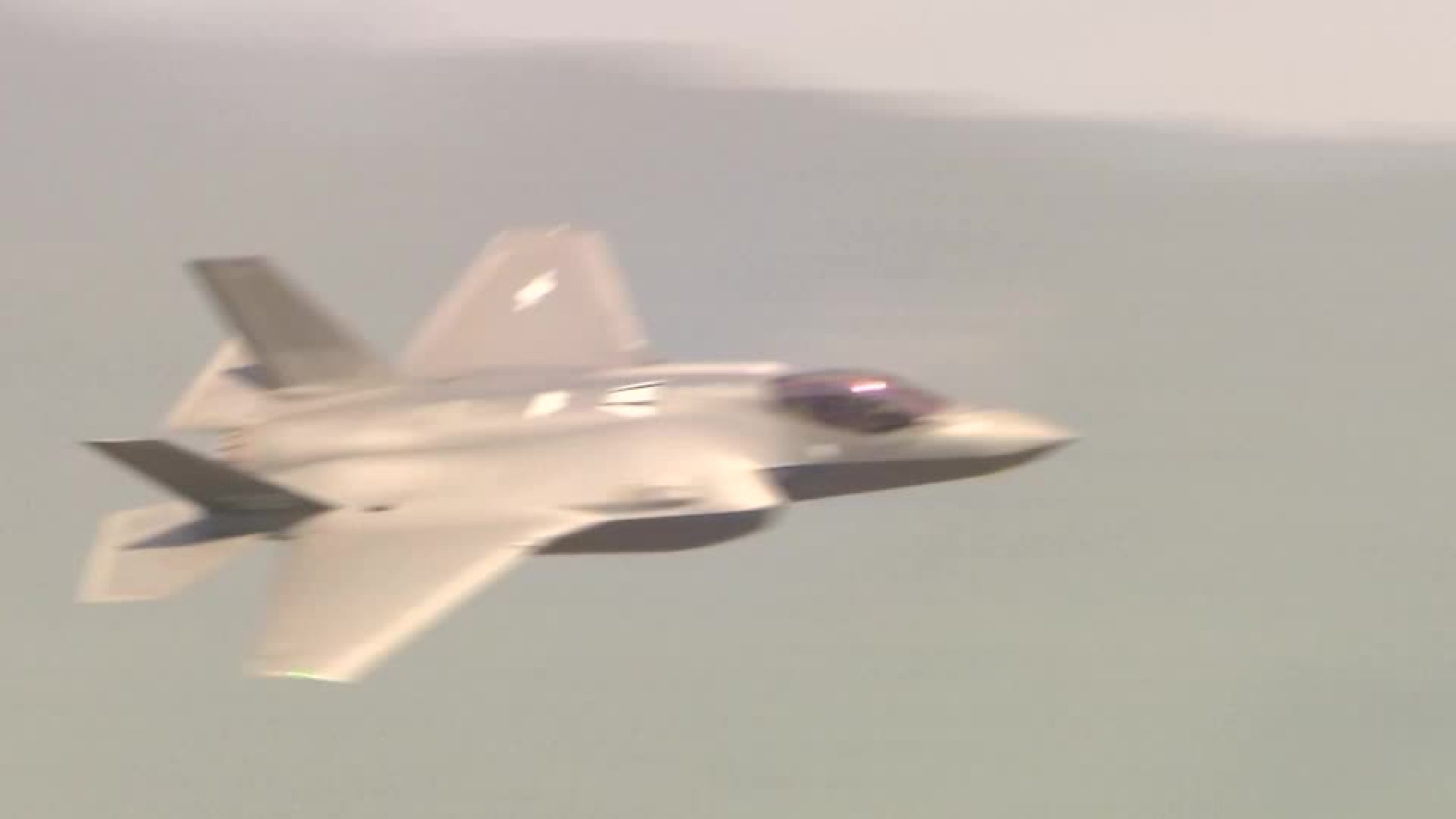KEY POINTS
- Three Aegis-equipped destroyers were involved in the drill
- The primary focus of the exercise was to practice detecting and tracking a computer-simulated ballistic missile target
- The joint exercise took place shortly after North Korea’s launch of an intercontinental ballistic missile
The naval forces of Japan, South Korea, and the United States conducted a rare joint missile defense drill in the Sea of Japan on Sunday, marking the increasing security collaboration among the three nations in response to North Korea’s ongoing provocations.
The U.S. Indo-Pacific Command highlighted in a statement that the exercise serves to enhance not only the interoperability among the combined forces, but also to demonstrate the strong trilateral relationship between the United States and its allied nations, Japan and the Republic of Korea.
The drill involved three Aegis-equipped destroyers, namely the South’s ROKS Yulgok Yi I, the US’ USS John Finn, and the Japan Maritime Self-Defense Force’s JS Maya.
The primary focus of the exercise was to practice detecting and tracking a computer-simulated ballistic missile target, along with exchanging pertinent information among the participating forces. The previous exercise involving all three nations occurred in April.
A South Korean Navy official told Yonhap this exercise presented a significant opportunity to strengthen the military’s capacity to respond efficiently to ballistic missiles, simultaneously fostering enhanced security cooperation among the three nations.
The unidentified official added that through the utilization of their robust response system and effective coordination, the three nations would be better equipped to address the nuclear and missile threats posed by North Korea in an exceptionally efficient manner.
“This exercise served as an opportunity to enhance our military’s response capabilities against ballistic missiles and improve security cooperation among South Korea, the United States and Japan,” the navy official said.
“Based on our military’s powerful response system and trilateral coordination, (we) will effectively respond to North Korea‘s nuclear and missile threats,” the official added.
The joint exercise took place shortly after North Korea launched an intercontinental ballistic missile (ICBM), making it the fourth three-way missile defense drill conducted during the Yoon Suk Yeol administration.
On July 12, Pyongyang conducted a test of its solid-fueled Hwasong-18 ICBM, causing concern as it is believed to possess the capability to target a significant portion of the continental United States.
This missile test was notable for its unprecedented duration, remaining airborne for 74 minutes, setting a new record for North Korea’s missile tests.
The recent joint exercise among Japan, South Korea, and the United States reinforces trilateral cooperation and highlights the ongoing commitment to bolster collaborative measures in response to the military threats posed by Pyongyang. This concerted effort aims to enhance regional security and stability in the face of North Korea’s missile advancements.
As a show of strength, South Korea and the United States recently conducted combined air drills, during which a US B-52H strategic bomber was prominently featured.
The primary objective of these drills was to send a clear and forceful message, reaffirming the commitment of both nations to addressing the escalated tensions in the Korean Peninsula. By demonstrating their joint military capabilities and solidarity, they aim to deter any potential aggressive actions and maintain stability in the region.
In early June, Japan, South Korea, and the United States reached a significant agreement to create a mechanism for sharing real-time warning data concerning North Korean missile launches, Japan Times reported.
With a shared sense of urgency, the allies have set a target to fully implement this data sharing mechanism before the end of the year.







